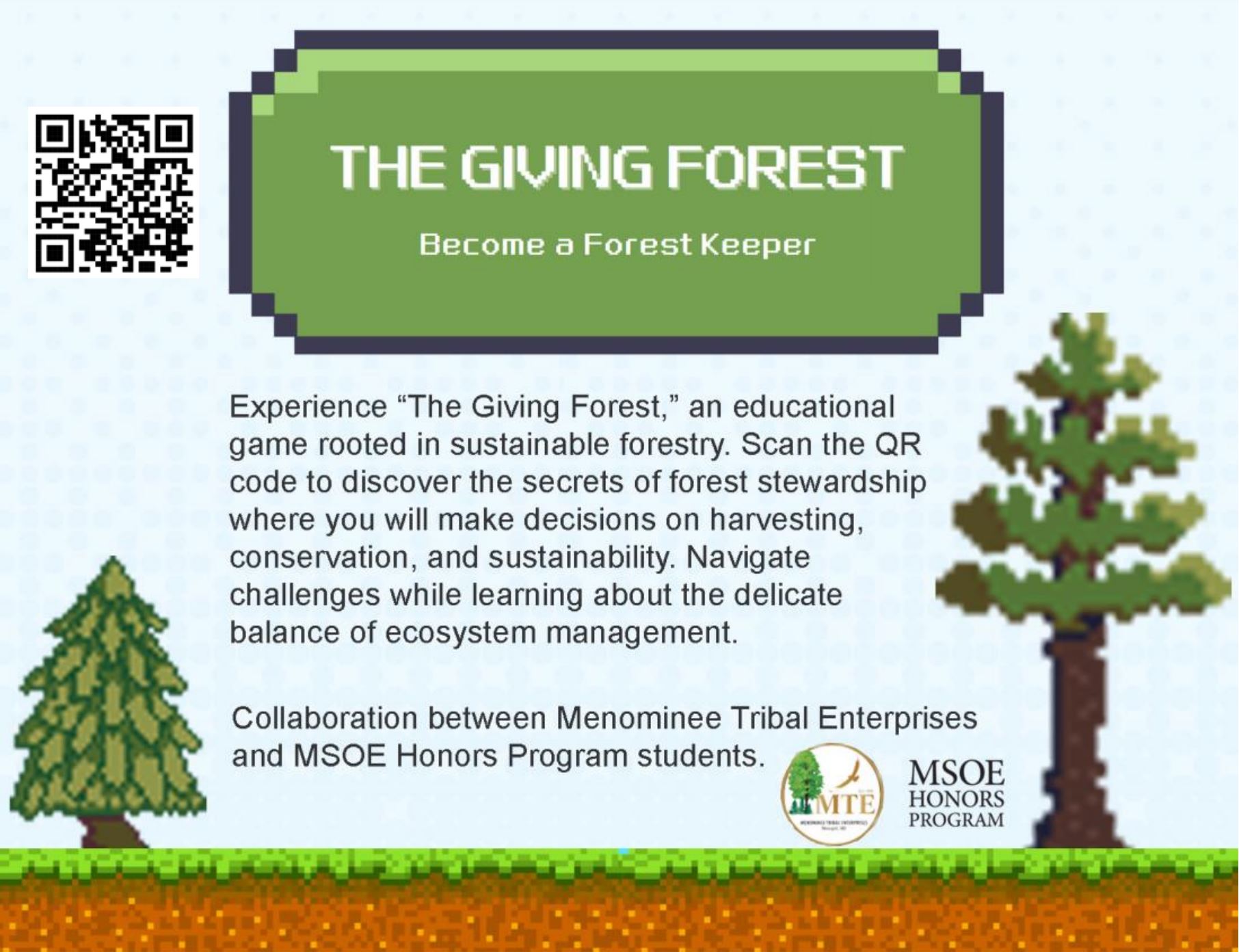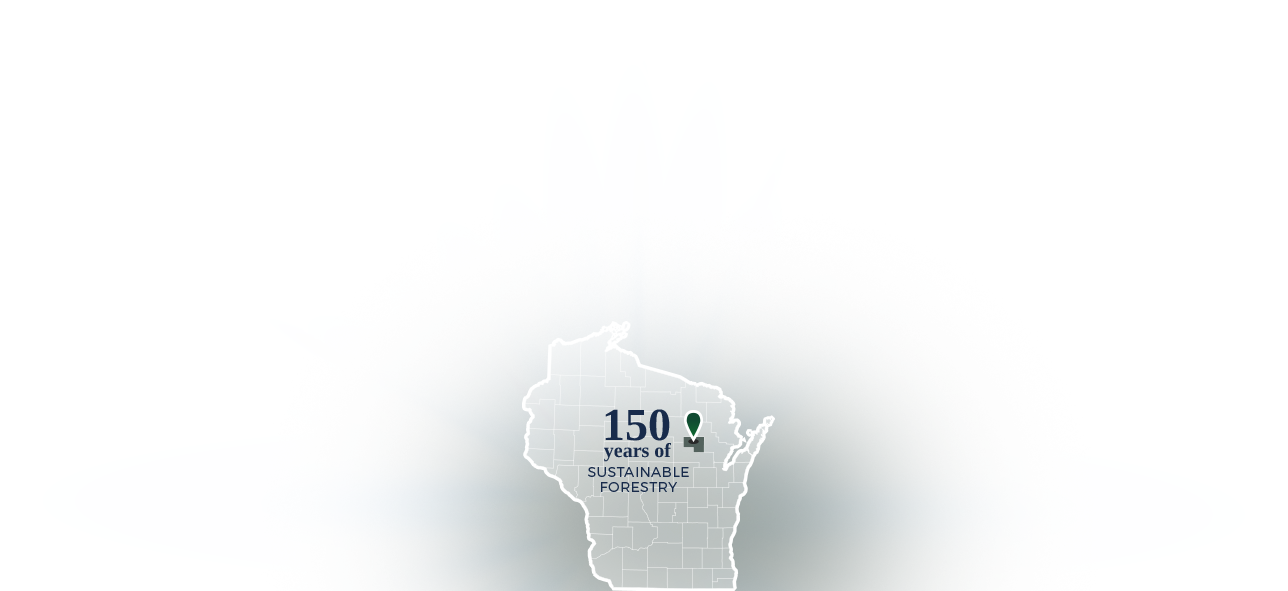Emerald Ash Borer IPM Plan
Emerald ash borer, Agrilus planipennis (Coleoptera: Buprestidae)
Created 2 Sept 2012 (updated 8 Mar 2018)
This flatheaded wood borer of northeast Asian origin is an aggressive primary pest of ash trees (Fraxinus spp.). Estimates of the natural rate of spread vary from 0.5-20 miles/yr and symptoms take 2-3 years to become obvious. Tree mortality peaks within 3-7 years of infestation. As of 2017, no EAB were detected in the reservation or in neighboring counties. The reservation is surrounded by infestations in Brown Co., Oneida Co., Marathon Co. and Marinette Co. Ash resistance to EAB is not proven but a few extremely rare “lingering” ashes have been observed in Michigan. As such, ash trees are in imminent danger of being damaged and killed on the reservation. According to the 1999 CFI measurement, there were 22,989 MBF (sawlogs) and 78,680 cords (pulp) of white ash, 11,384 MBF and 77,508 cords of black ash, and 190 cords of green ash on the reservation.
MTE Integrated Pest Management Plan
Objective: Minimize the undesirable effects of emerald ash borer on timber loss, stand-level forest health, tree diversity, and cultural uses of ash.
White Ash
- Survey: Periodically using a permanent plot system, and annually via green Lindgren traps, mill yard deck inspection, and visual scouting during regular forestry activities in order to efficiently schedule harvests of ash, seed collection, and insecticide treatment.
- Prevention: A sanitation harvest modification to the silvicultural prescription to prevent widespread tree mortality. During regularly scheduled or rescheduled compartments, cut all white ash trees ≥ 5” DBH (See silvicultural prescriptions for more details).
- Restoration: Collect and preserve seed before and after EAB detection for ex-situ long-term cold storage.
- Chemical control: For in-situ conservation, chemically control EAB using TreeAzin by treating trees at an exemplary ash grove in compartment 103, called a “legacy grove”.
- Biological control: Propose release of EAB specific classical biological agents (parasitoid wasps), which are currently available for releases on an experimental basis.
- Quarantine: MTE will comply with all applicable regulations enacted by MITW, USDA-APHIS, and WI-DATCP after EAB discovery on the reservation.
- Forest development: Do not plant or select white ash crop trees during pre-commercial thinning.
- Cultural preservation: White ash cants will dried and stored for woodworking and traditional uses (lacrosse, shinny, snowshoes, etc.)
Black ash and green ash (as above, but with the following differences)
- Prevention: There are 10,000 acres of swamp hardwood stands that contain various levels of lowland ash, which are currently not managed. Stand exams followed by ash sanitation harvest demonstration areas are under development by the Silviculture Dept. (likely only in stands with >40 % BA of black ash) with advanced regeneration of desirable species (yellow birch, larch, black spruce, white cedar, hemlock, red maple, silver maple, swamp white oak, elm, etc.) (See silvicultural prescriptions for more details). This would minimize the impact of mortality/decay and prevent the conversion of these stands to lowland brush and invasive weeds (e.g., phragmites, Japanese knotweed, buckthorn, thistles, reed canary grass).
- Restoration: Collect and preserve seed before and after EAB detection for ex-situ long-term cold storage.
- Chemical control: For in-situ conservation, chemically control EAB using TreeAzin by treating trees at an exemplary ash grove in compartment 346, called a “legacy grove”.
- Cultural preservation: Experiments are underway to preserve black ash logs for basket-weaving and other traditional arts and uses in the long-term. If experiments are promising, several loads of ideal black ash basket logs harvested from demonstration areas will be dried and stored and also several loads will be sunk in a lake (pending approvals) to provide enough basket-weaving raw materials for decades. Consultation with basket makers and community meetings will be planned.







